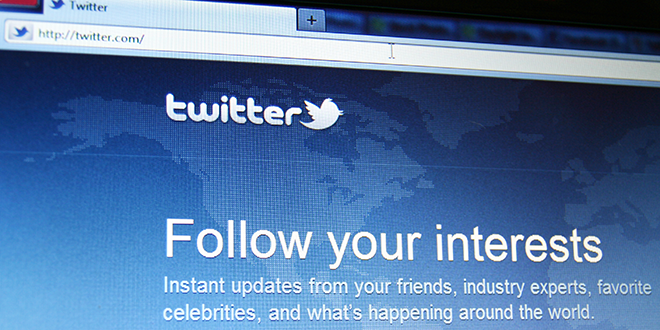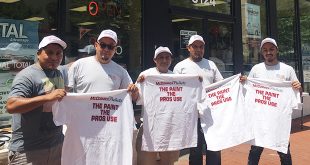Does your business have a Twitter account? Are you actively using the account?
If not, it may be a missed opportunity to provide your customers excellent service. While all social media platforms, such as Facebook and Yelp, can be used to answer customers’ questions and solve their problems, Twitter is the main platform companies like Delta Airlines, AT&T and even the TSA are using to resolve customer complaints and improve their overall customer experience with the brands.
Since Twitter is public, conversational, real-time and distributed, meaning it has a wide reach, it is a great platform to quickly solve customer issues while also showing other followers that you take the time to respond to inquiries. Also, Twitter allows you to respond quickly and the faster a reply, the greater revenue generated, according to research from Applied Marketing Science’s Customer Service Impact: Airline Study. The company looked at how fast airlines respond to customers’ Tweets and determined the correlation between response rate and revenue generated. The study found that when an airline responded to a customer’s Tweet in less than 6 minutes, the customer was willing to pay almost $20 more for that airline in the future, compared to $8.53 generated from a response time of 6 to 22 minutes.
If you decide to take your customer service to the next level on Twitter, here are a few best practices to keep in mind.
Be Friendly
Customers frequent your stores because of your excellent customer service and hometown feel, so continue that on your social media accounts and provide friendly interactions. Data from a Twitter Customer Service Insight Survey found that of the 74 percent of Twitter users who had a friendly customer service interaction with a brand, 76 percent are likely to recommend the brand. Whereas, of the 6 percent of Twitter users who had an unfriendly customer service interaction, 82 percent are unlikely to recommend the brand.
To be friendly in 140 characters or less, it’s important to be empathetic and helpful. If the customer had a bad experience, apologize and then show that you want to solve their problem.
Personalize the Experience
You probably know many of your customers by name, so continue personalized interaction across your social media accounts. The Twitter Customer Service Insight Survey found that of the 70 percent of users who had a personalized customer service interaction on Twitter, 77 percent are likely to recommend the brand. On the other hand, of the 14 percent of users who had an impersonal customer service interaction, 66 percent are unlikely to recommend the brand.
When solving a customer service problem on any social media platform, use the person’s first name and do not reply with a cookie-cutter response. If you have room, sign your initials at the end of the Tweet to add greater personalization.
Go Beyond Your Followers
Many of the customer service requests received on Twitter are via direct mentions. However, go beyond direct customer service requests. Monitor Twitter and find users who have problems you can solve. They may not be reaching out to you directly, but you will be able to answer their questions and grow awareness about your brand. For example, if someone Tweets that they are painting their kitchen, respond with a tip or painting best practice.
Twitter Features
To solve customers’ problems via Twitter, you will more than likely have them reach out via a direct message (DM) to have longer, private conversations that include contact information. To make this easier, Twitter recently added a feature that allows you to include a DM prompt within a Tweet. Therefore, a customer just has to click the DM prompt and will be taken directly to a personal message to your account.
You can also get customer feedback by using standard customer satisfaction surveys via Twitter. According to Jeff Lesser, product marketing manager at Twtter, these customer feedback surveys receive a 70 percent response rate, which is substantially higher than other customer feedback surveys.
 Hardware Retailing The Industry's Source for Insights and Information
Hardware Retailing The Industry's Source for Insights and Information








